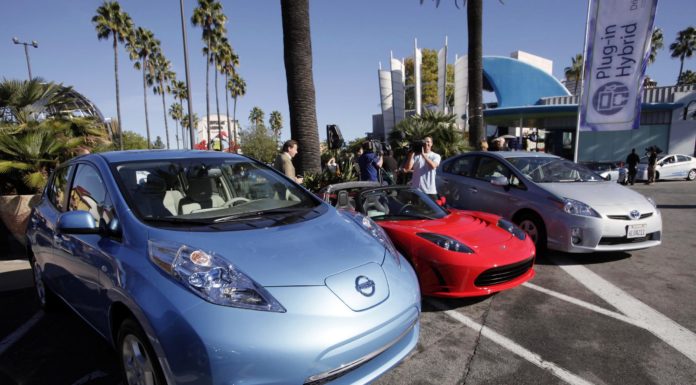BMW has halted production at two German factories. Mercedes is slowing work at its assembly plants. Volkswagen, warning of production stoppages, is looking for alternative sources for parts.
For more than a year, the global auto industry has struggled with a disastrous shortage of computer chips and other vital parts that has shrunk production, slowed deliveries and sent prices for new and used cars soaring beyond reach for millions of consumers.
Now, Russia’s invasion of Ukraine has thrown up yet another obstacle. Important electrical wiring, made in Ukraine, is suddenly out of production. With buyer demand high, materials scarce and the war causing new disruptions, vehicle prices are expected to head even higher well into next year.
The skirmish’s damage to the auto industry has emerged first in Europe. But U.S. production will likely suffer eventually, if Russian exports of metals—from palladium for catalytic converters to nickel for electric vehicle batteries—are cut off.
“You only need to miss one part not to be able to make a car,” said Mark Wakefield, co-leader of consulting firm Alix Partners’ global automotive unit. “Any bump in the road becomes either a disruption of production or a vastly unplanned-for cost increase.”
Supply problems have bedeviled automakers since the pandemic started two years ago, at times shuttering factories and causing vehicle shortages. The recovery that followed the recession caused demand for autos to vastly outstrip supply.
In the United States, the average price of a new vehicle is up 13% in the past year, to $45,596, according to Edmunds.com. Average used prices have surged far more: They’re up 29% to $29,646 as of February.
Before the war, S&P Global had predicted that global automakers would build 84 million vehicles this year and 91 million next year. (By comparison, they built 94 million in 2018.) Now it’s forecasting fewer than 82 million in 2022 and 88 million next year.
Mark Fulthorpe, an executive director for S&P, is among analysts who think the availability of new vehicles in North America and Europe will remain severely tight — and prices high — well into 2023. Compounding the problem, buyers who are priced out of the new-vehicle market will intensify demand for used autos and keep those prices elevated, too — prohibitively so for many households.
Eventually, high inflation across the economy—for food, gasoline, rent and other necessities—will likely leave a vast number of ordinary buyers unable to afford a new or used vehicle.
Adapted from reporting by the Associated Press.

